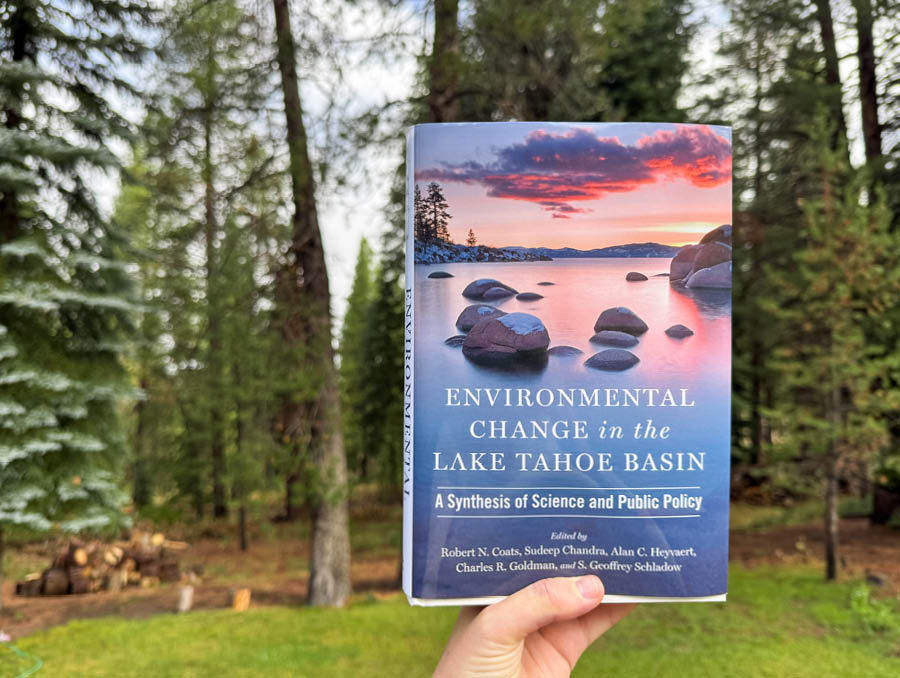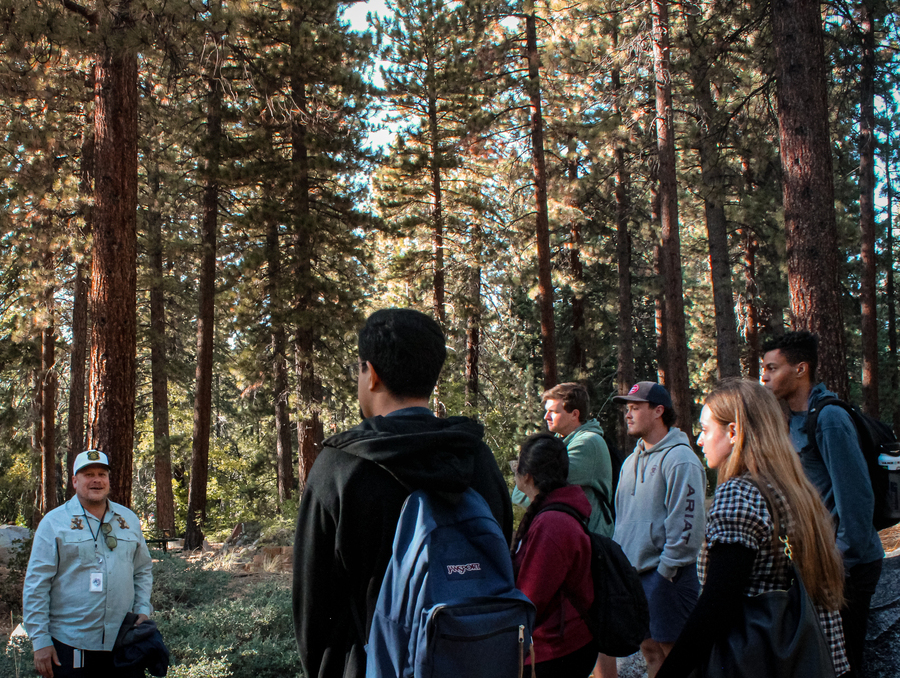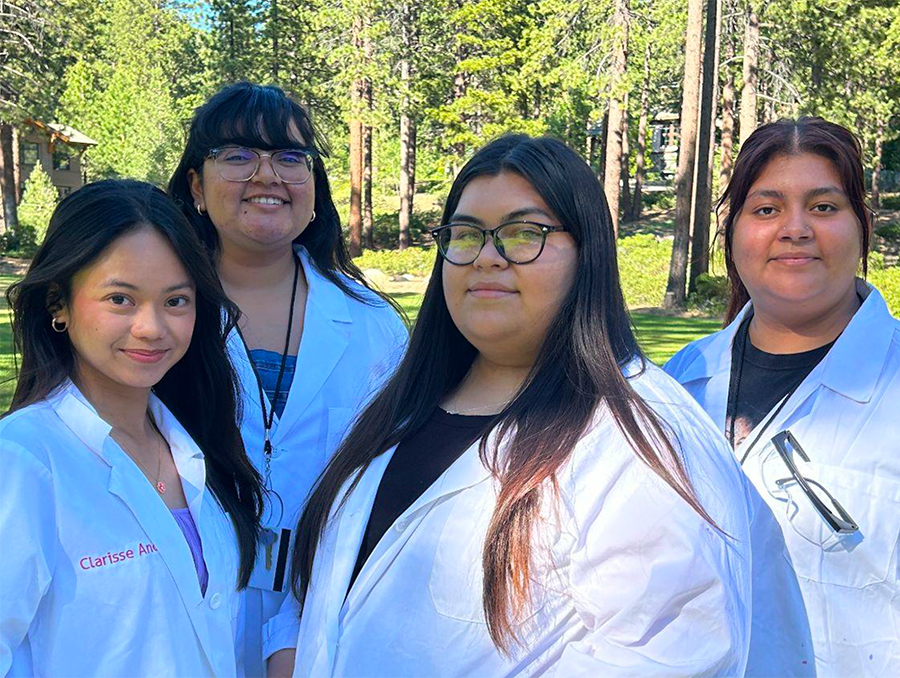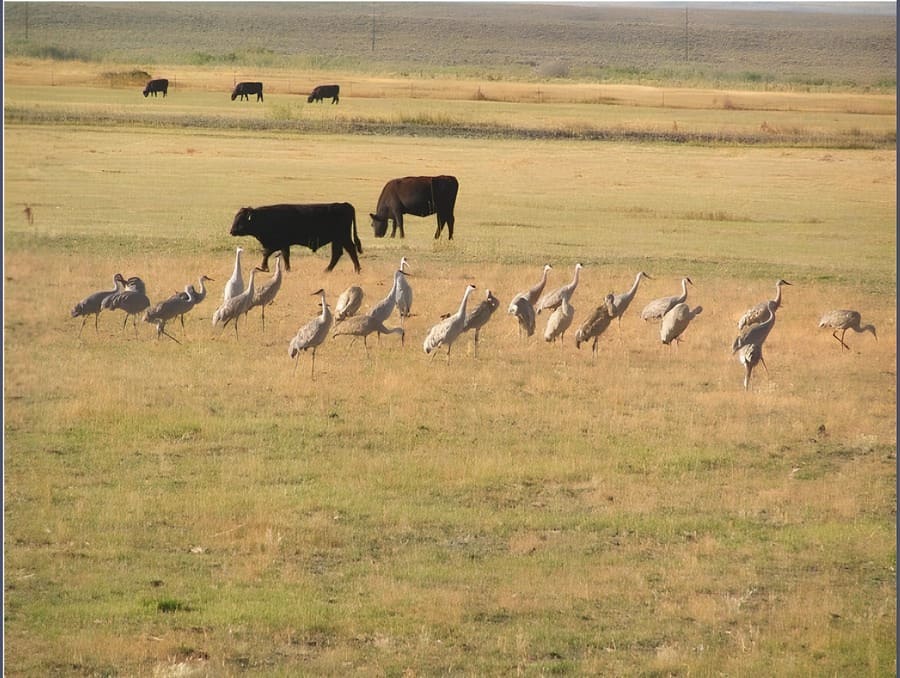Authors of "Environmental Change in the Lake Tahoe Basin" are excited to unveil their work at a book launch party on Oct. 21 from 5:30-7:30 p.m. at the University of California, Davis Tahoe Environmental Research Center. Written in collaboration with faculty from universities across Nevada and California, scientists, and local policy leaders, the publication is a monumental piece that advocates for science-based governance processes at Lake Tahoe.
When Robert Coats began working on the dissertation at Tahoe in 1972, scientists of the Tahoe Research Group, under the leadership of Charles Goldman, were already discussing a book on science and water quality policy at Lake Tahoe. Finally, in 2016, Coats pulled together a group of scientists working in the Tahoe region to write chapters for a book showing how scientific research has contributed to efforts to protect the Lake. In the end, it took the efforts of approximately forty authors to realize the project, including forwards by Senator Catherine Cortez Masto and Senator Dianne Feinstein. The throughline of the work became clear as the book came together: persistence is key in making a difference.
“I think one of the key findings, and this is really no surprise, is that a small group of dedicated, determined individuals can, in the long run, work effectively to implement progressive environmental policies,” said Coats. “That's how the protection of the lake has evolved”.
With pressure from scientists, led by Goldman, and Senators Dianne Feinstein and Harry Reid, the Tahoe Regional Planning Agency (TRPA) was established in 1969 with a mission to protect the lake through sound policy based on science. Julie Regan, executive director of the Tahoe Regional Planning Agency, was invited to contribute a chapter to the book, focusing on the intersection between science and policy in Lake Tahoe.
“It was such an honor to participate in the book,” said Regan. “It has been incredible to have the chance to tell the story of science and policy in the Lake Tahoe Basin and share how we continue to work with the science community to inform the policy decisions of our governing board and of other policymakers.”
In her collaborative chapter written with Dan Segan, chief science and policy officer at TRPA, Regan focuses on the crucial relationships between scientists and policymakers. With the help of scientists like Sudeep Chandra, Ph.D., Tahoe Institute for Global Sustainability faculty and foundation professor of biology at the University of Nevada, Reno, policymakers like Regan have been able to limit the impact of some of Tahoe’s biggest threats, like invasive mussels and algal blooms.
None of the Tahoe protection efforts would have been possible without collaboration between scientists and policymakers. In what Regan calls “epic collaboration,” public and private stakeholders, activists, and locals from all five counties, one incorporated city, two states, and diverse political and scientific backgrounds have all been instrumental in developing new policy for the lake.
“I hope the book inspires others to lean in on the science/management connection,” Regan said. “We love to inspire others with our work at the lake, and we love to inspire through lessons learned. Though we might not have all the answers at Lake Tahoe, we are bullish on asking the right questions. Lake Tahoe is on the world stage, and I hope our work drives more collaboration around the country and beyond.”
Persistence, collaboration and long-term scientific research projects have contributed to the unique policy that exists at Lake Tahoe. With this book, Coats and Regan, along with the other authors and editors, hope to show the possibilities for environmental protection when science, management, and cooperation are used in policy design.
“The challenges we face today are some of the greatest we have faced, and they're not getting any easier,” Regan said. “It’s important that we continue to work with the science community, and TRPA is committed to that collaboration.”
The book is especially timely given the denial of basic science at the highest levels of government in the U.S. In an effort to push back against “American Disenlightenment,” the authors have specified that all of the authors’ royalties be contributed directly to the Union of Concerned Scientists. "Environmental Change in the Lake Tahoe Basin" is now available through the University of Nevada Press website.















